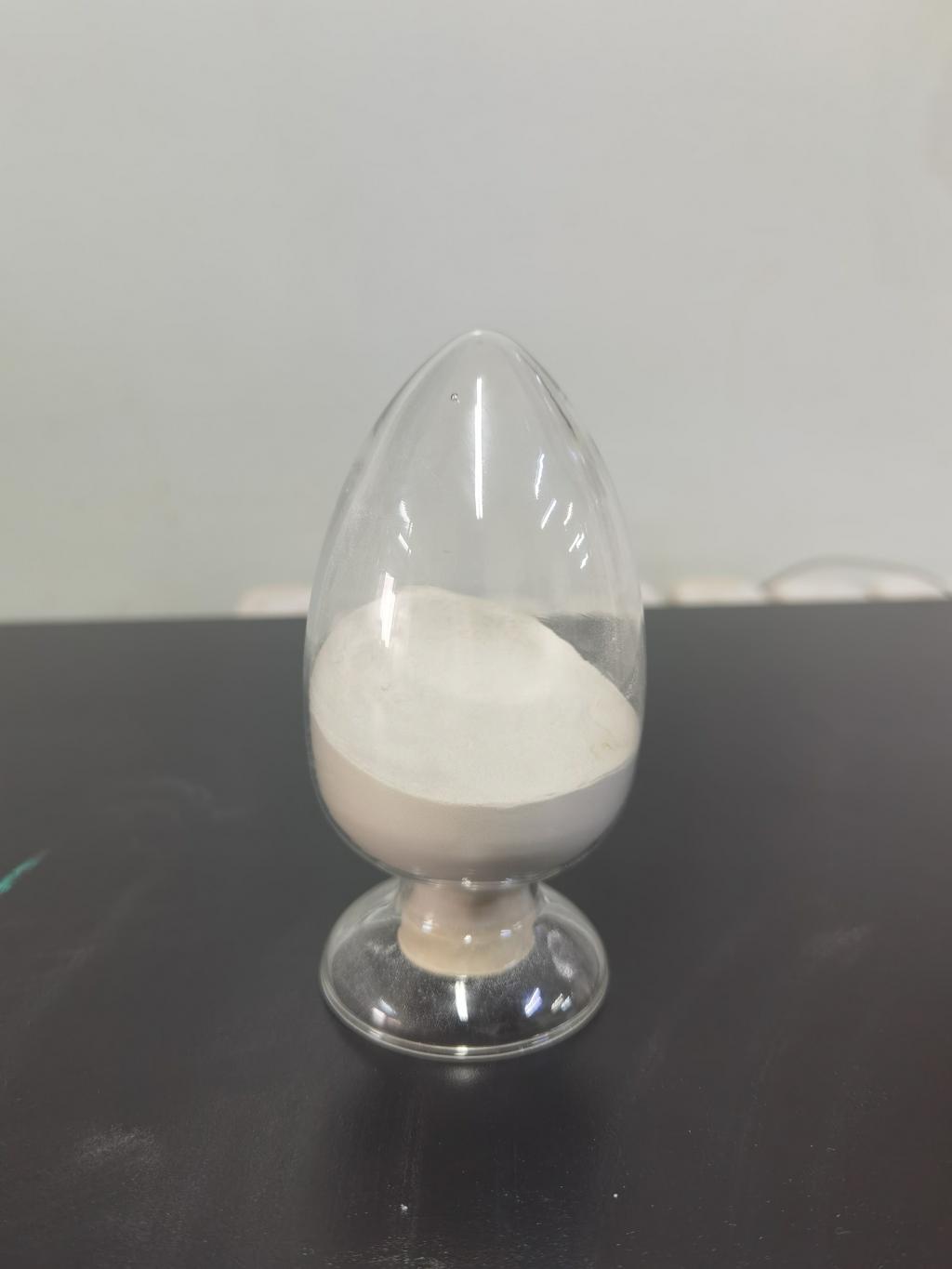Tel:+8618231198596

News
 CONTACT
CONTACT
 CONTACT
CONTACT
- Linkman:Linda Yao
- Tel: +8618231198596
- Email:linda.yao@dcpharma.cn
- Linkman:CHARLES.WANG
- Department:Overseas
- Tel: 0086 0311-85537378 0086 0311-85539701
News
Current Position:
Home >
News
>Nisin: A Cornerstone in the Preservation of Ethnic and Traditional Foods
Nisin: A Cornerstone in the Preservation of Ethnic and Traditional Foods
TIME:2024-01-23
I. The Significance of Ethnic and Traditional Foods:
Ethnic and traditional foods are steeped in history, reflecting the cultural diversity of communities around the world. From fermented foods like kimchi in Korea to sauerkraut in Germany, these culinary traditions are often passed down through generations, carrying with them unique flavors, textures, and aromas. Preserving these foods is crucial for maintaining cultural identity, culinary heritage, and the interconnectedness of communities.
II. Understanding Nisin:
Nisin, a naturally occurring antimicrobial peptide, is produced by certain strains of lactic acid bacteria, primarily Lactococcus lactis. Its antimicrobial properties make it a valuable tool in preventing the growth of spoilage organisms and foodborne pathogens. The unique features of nisin, such as its safety for human consumption and specificity in targeting Gram-positive bacteria, position it as an ideal preservative for a wide range of traditional foods.
III. Preserving the Authenticity of Fermented Foods:
Fermented foods play a central role in many ethnic and traditional cuisines. The fermentation process not only enhances flavors but also contributes to food preservation. Nisin's antimicrobial activity aligns seamlessly with the preservation requirements of fermented foods, helping to maintain the authenticity of traditional products like kimchi, sauerkraut, miso, and tempeh.
IV. Nisin in Dairy Products: A Boon for Traditional Cheeses:
Cheese-making is a time-honored tradition in many cultures, with each region producing distinct varieties that reflect local flavors and artisanal techniques. Nisin finds a natural application in the preservation of traditional cheeses. Its ability to inhibit the growth of spoilage bacteria and pathogens ensures the safety and longevity of cheeses, allowing communities to continue crafting and enjoying their unique dairy products.
V. Controlling Spoilage in Meat and Poultry:
Traditional methods of meat preservation, such as curing, smoking, and drying, are integral to many cultural cuisines. Nisin's role in controlling spoilage organisms, including bacteria responsible for meat and poultry deterioration, provides a modern solution that aligns with traditional preservation methods. This not only extends the shelf life of traditional meat products but also ensures their safety and adherence to cultural practices.
VI. Nisin's Contribution to Bread and Bakery Items:
Bread and bakery items are staples in numerous traditional diets. Preserving the freshness and safety of these products is essential for maintaining cultural culinary practices. Nisin's application in controlling mold and bacterial contamination in baked goods contributes to the preservation of traditional bread varieties, allowing communities to continue enjoying their time-honored recipes.
VII. Enhancing Food Safety in Ethnic Street Foods:
Street foods are emblematic of culinary diversity, with vibrant flavors and unique preparations that vary across regions. However, the challenges of maintaining hygiene and safety in street food often pose concerns. Nisin can be employed in the preservation of street foods, contributing to the reduction of microbial contamination and ensuring that these beloved culinary traditions remain safe and accessible.
VIII. Nisin's Role in Traditional Beverages:
Traditional beverages, whether fermented or non-alcoholic, hold cultural significance in many communities. Nisin's antimicrobial properties can be leveraged to control spoilage organisms in beverages like traditional fermented drinks, fruit juices, and herbal infusions, preserving their authenticity and extending their shelf life.
IX. Balancing Tradition and Modernity: Challenges and Opportunities:
While nisin offers immense potential in preserving ethnic and traditional foods, the integration of modern preservation techniques into age-old culinary practices presents challenges. Striking a balance between tradition and modernity requires careful consideration of sensory attributes, community preferences, and cultural significance. Ongoing research and collaborative efforts are essential to address these challenges and maximize the benefits of nisin in preserving diverse culinary traditions.
X. Regulatory Considerations and Cultural Sensitivity:
As the use of nisin becomes more widespread in the preservation of ethnic and traditional foods, navigating regulatory landscapes and ensuring cultural sensitivity are crucial. This section explores the regulatory considerations associated with nisin, including permissible concentrations and labeling requirements. Additionally, it emphasizes the importance of respecting cultural practices and traditions in the adoption of food preservation technologies.
XI. Future Directions and Collaborative Initiatives:
The preservation of ethnic and traditional foods is a collective endeavor that involves collaboration between scientists, food producers, communities, and policymakers. This section discusses potential future directions for research and development, emphasizing the need for collaborative initiatives that respect and uphold the cultural significance of traditional foods while harnessing the benefits of nisin for sustainable preservation practices.
XII. Conclusion:
In conclusion, nisin emerges as a cornerstone in the preservation of ethnic and traditional foods, playing a pivotal role in maintaining the authenticity, safety, and longevity of diverse culinary traditions. Its natural origin, specificity in antimicrobial action, and compatibility with traditional preservation methods make it an invaluable asset for communities seeking to safeguard their culinary heritage. As the world continues to appreciate and celebrate the rich tapestry of ethnic and traditional foods, embracing innovations like nisin ensures that these time-honored culinary practices can be passed down to future generations.
- Tel:+8618231198596
- Whatsapp:18231198596
- Chat With Skype







